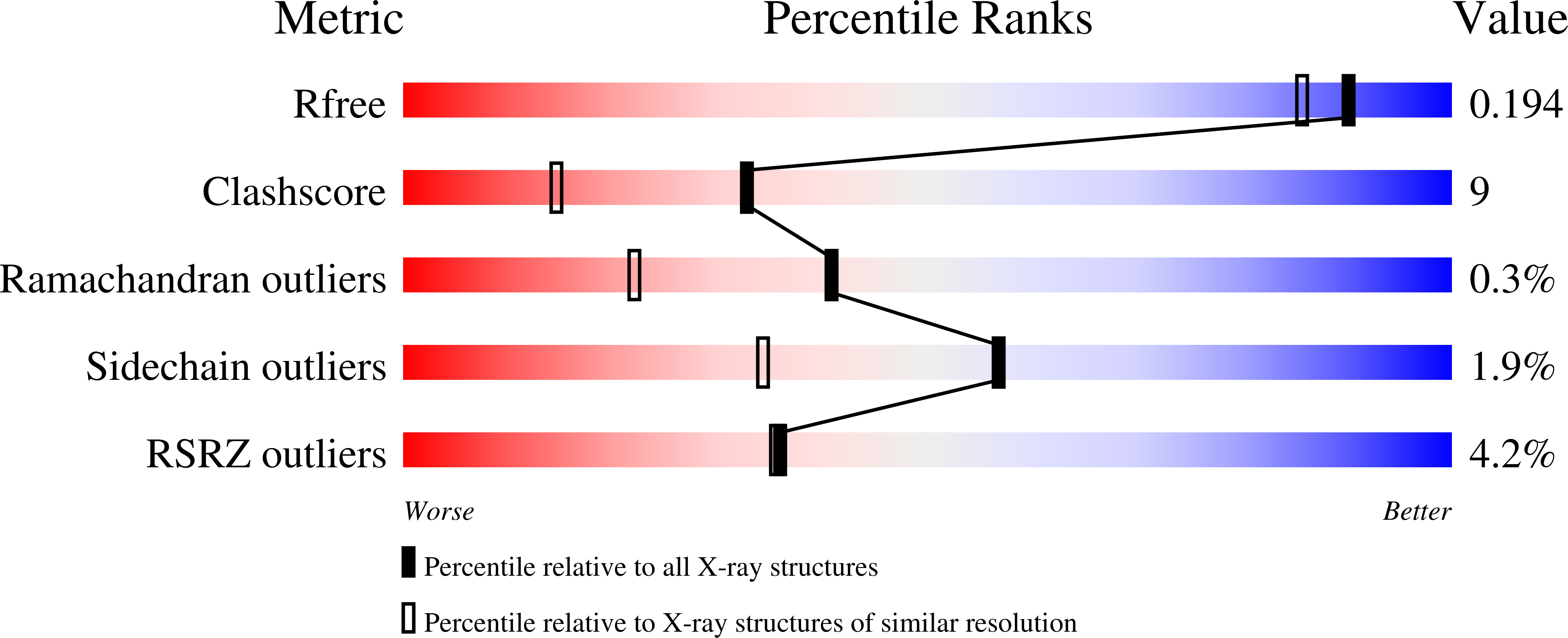Structural basis for the isotype-specific interactions of ferredoxin and ferredoxin: NADP(+) oxidoreductase: an evolutionary switch between photosynthetic and heterotrophic assimilation
Shinohara, F., Kurisu, G., Hanke, G., Bowsher, C., Hase, T., Kimata-Ariga, Y.(2017) Photosynth Res 134: 281-289
- PubMed: 28093652
- DOI: https://doi.org/10.1007/s11120-016-0331-1
- Primary Citation of Related Structures:
5H57, 5H59, 5H5J - PubMed Abstract:
In higher plants, ferredoxin (Fd) and ferredoxin-NADP + reductase (FNR) are each present as distinct isoproteins of photosynthetic type (leaf type) and non-photosynthetic type (root type). Root-type Fd and FNR are considered to facilitate the electron transfer from NADPH to Fd in the direction opposite to that occurring in the photosynthetic processes. We previously reported the crystal structure of the electron transfer complex between maize leaf FNR and Fd (leaf FNR:Fd complex), providing insights into the molecular interactions of the two proteins. Here we show the 2.49 Å crystal structure of the maize root FNR:Fd complex, which reveals that the orientation of FNR and Fd remarkably varies from that of the leaf FNR:Fd complex, giving a structural basis for reversing the redox path. Root FNR was previously shown to interact preferentially with root Fd over leaf Fd, while leaf FNR retains similar affinity for these two types of Fds. The structural basis for such differential interaction was investigated using site-directed mutagenesis of the isotype-specific amino acid residues on the interface of Fd and FNR, based on the crystal structures of the FNR:Fd complexes from maize leaves and roots. Kinetic and physical binding analyses of the resulting mutants lead to the conclusion that the rearrangement of the charged amino acid residues on the Fd-binding surface of FNR confers isotype-specific interaction with Fd, which brings about the evolutional switch between photosynthetic and heterotrophic redox cascades.
Organizational Affiliation:
Division of Enzymology and Institute for Protein Research, Osaka University, Suita, Osaka, 565-0871, Japan.















